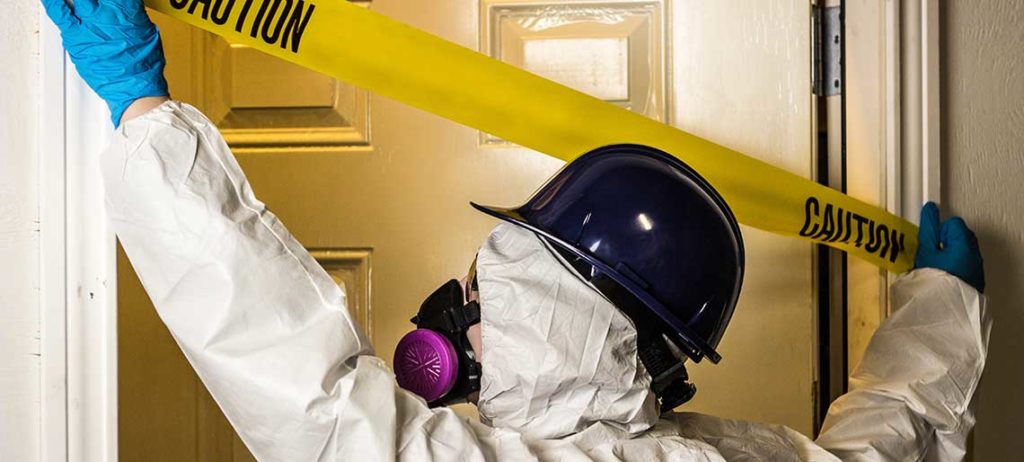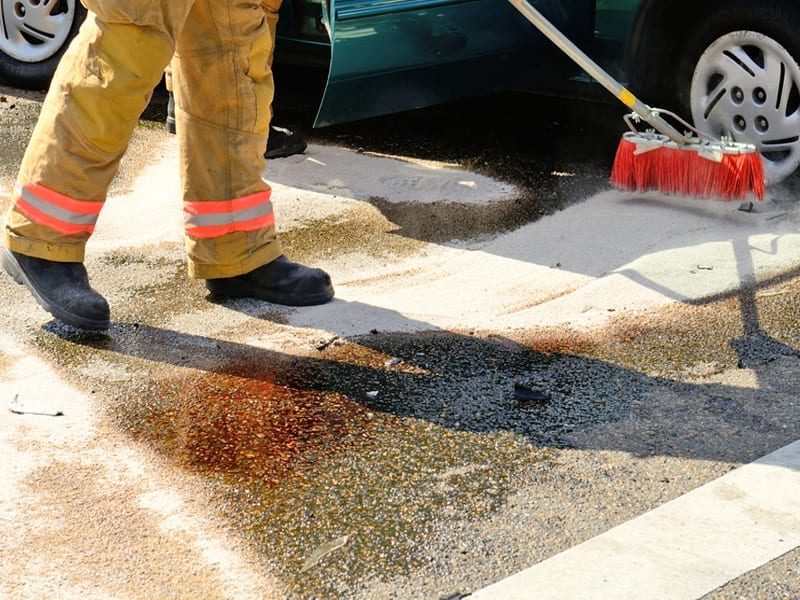Decomposition Death Clean Up: Specialized and Respectful Remediation
Decomposition Death Clean Up: Specialized and Respectful Remediation
Blog Article
Professional Biohazard Cleansing and Purification for Blood, Bodily Fluids, and Hazardous Products
In the realm of biohazard cleansing and purification for blood, physical liquids, and unsafe products, accuracy and expertise are paramount. The possible wellness threats related to exposure to biohazards highlight the important requirement for precise handling and extensive clean-up. Specialized training gears up professionals with the expertise and abilities needed to deal with these unsafe scenarios successfully. Nevertheless, it is not merely concerning cleansing up; the value of employing correct purification techniques can not be overstated. As we navigate the detailed landscape of biohazard cleanup, recognizing the subtleties of policies, conformity, and the specific equipment at play ends up being necessary in making sure a risk-free and thorough purification process.
Wellness Risks of Biohazard Exposure
Direct exposure to biohazards poses considerable wellness dangers that can cause extreme consequences for communities and individuals alike. Biohazards include a large range of biological compounds, consisting of blood, physical fluids, mold, germs, infections, and various other possibly transmittable materials. When people come right into call with these biohazards, whether with mishaps, incorrect handling, or environmental direct exposure, they face the threat of having major health problems or conditions.
Among the primary health and wellness dangers related to biohazard exposure is the transmission of transmittable conditions. Bloodborne virus such as HIV, hepatitis B and C, and numerous germs can be present in biohazardous materials, presenting a direct threat to human health. Breathing in air-borne biohazards like mold and mildew spores or coming into contact with contaminated surface areas can additionally result in respiratory system concerns, allergies, and other adverse wellness effects.
Moreover, biohazard direct exposure can have long-term health implications, with some diseases materializing years after the preliminary call (Blood Cleanup). Consequently, it is crucial to prioritize proper biohazard cleaning and purification to alleviate these health and wellness dangers and make certain the security of communities and people

Specialized Educating for Biohazard Cleaning
When it pertains to managing biohazard cleanup effectively and securely, specialized training plays a basic role in making certain correct decontamination procedures are complied with. Biohazard cleanup requires specific understanding and skills to effectively mitigate threats linked with bloodborne virus, physical liquids, and harmful products. Experts learnt biohazard cleaning undertake extensive guideline on exactly how to securely take care of, get rid of, and dispose of biohazardous products to avoid contamination and direct exposure.
Specialized training for biohazard clean-up covers a variety of important topics, consisting of proper individual safety devices (PPE) use, bloodborne virus recognition, purification techniques, and hazardous waste disposal methods. People learnt biohazard clean-up are geared up with the necessary know-how to evaluate contamination levels, recognize possible threats, and execute appropriate cleaning treatments in conformity with regulatory standards.
Continual training and education are critical in the area of biohazard clean-up to remain updated on the most recent decontamination innovations, safety and security procedures, and policies. By buying specialized training, biohazard clean-up professionals can successfully react to emergency situation cleanup circumstances and safeguard both public health and wellness and the setting.
Significance of Proper Decontamination Techniques
Using appropriate decontamination methods is essential in biohazard cleaning to properly remove dangerous materials and decrease wellness threats. Effective purification not just ensures the elimination of visible traces of blood, bodily liquids, and various other biohazards yet also targets unnoticeable microorganisms that may present severe wellness threats otherwise properly removed. By complying with rigorous purification protocols, trained specialists can substantially lower the threat of direct exposure to hazardous microbes, infections, and bacteria that could result in infections or conditions.
Correct decontamination techniques involve the use of specific tools and anti-bacterials that are especially designed to reduce the effects of biohazards efficiently. Thorough cleansing and sanitation of contaminated areas are necessary to stop the spread of microorganisms and guarantee a risk-free atmosphere for residents. In addition, the proper disposal of biohazardous waste following decontamination procedures is important in protecting against contamination of other surface areas or people.

Equipment and Tools for Safe Clean-up
When dealing with blood, physical liquids, or unsafe products, biohazard cleaning professionals depend on specialized equipment to minimize direct exposure threats and extensively decontaminate the damaged area. Furthermore, biohazard cleansing packages including anti-bacterials, absorbing materials, and biohazard bags are used to securely have and get rid of of infected products.
Advanced cleansing tools like hospital-grade anti-bacterials, HEPA-filtered vacuum cleaners, and fogging devices are used to sanitize surface areas and get rid of biohazards effectively. Specialized devices read this post here such as sharps containers and biohazard garbage disposal containers are made use of to securely manage sharp items and biohazardous waste materials. By making use of the right devices and tools, biohazard cleaning specialists can ensure an extensive clean-up procedure that prioritizes safety and security and reduces health and wellness dangers for both workers and passengers of the damaged space.
Regulations and Conformity in Biohazard Cleansing
Proper adherence to policies and conformity requirements is paramount in biohazard cleansing to guarantee the security of both personnel and the atmosphere. Federal government agencies such as OSHA (Occupational Security and Wellness Management) and the EPA (Environmental Protection Firm) have actually established particular guidelines for biohazard cleanup procedures to minimize health and wellness threats and ecological contamination. These guidelines cover a variety of elements including the handling, transport, and disposal of biohazardous products, in addition to the required training and safety tools required for employees involved in the cleaning process.
Biohazard cleaning firms have to stay current with these policies to assure that their operations meet the required security standards. Failure to abide with these regulations can cause serious repercussions, consisting of fines, lawsuit, and jeopardizing the health and wellness of individuals and the environment. By complying with rigorous policies and conformity measures, biohazard cleaning companies visit this site can efficiently minimize risks and make certain a secure and comprehensive cleaning procedure for all events involved.
Conclusion
In final thought, biohazard cleaning and purification require customized training, appropriate strategies, and adherence to guidelines. Direct exposure to blood, bodily fluids, and harmful materials positions considerable health risks, making it crucial to utilize the right devices and tools for safe cleanup. By following strict protocols and guidelines, professionals can successfully reduce the threats connected with biohazard exposure and make sure the security of both themselves and others.
As we navigate the elaborate landscape of biohazard cleaning, recognizing the subtleties of guidelines, conformity, and the customized tools at play becomes essential in making certain a risk-free and extensive purification process. (Blood Cleanup)
When it comes to handling biohazard clean-up successfully and safely, specialized training over here plays a basic role in making sure correct decontamination treatments are followed.Making use of proper decontamination methods is vital in biohazard cleaning to properly get rid of harmful products and minimize wellness risks. Furthermore, biohazard cleansing sets containing disinfectants, absorbent products, and biohazard bags are used to securely get rid of and contain of contaminated products.
Government agencies such as OSHA (Occupational Safety And Security and Health Management) and the EPA (Environmental Protection Agency) have actually developed particular standards for biohazard cleanup treatments to minimize health risks and ecological contamination.
Report this page